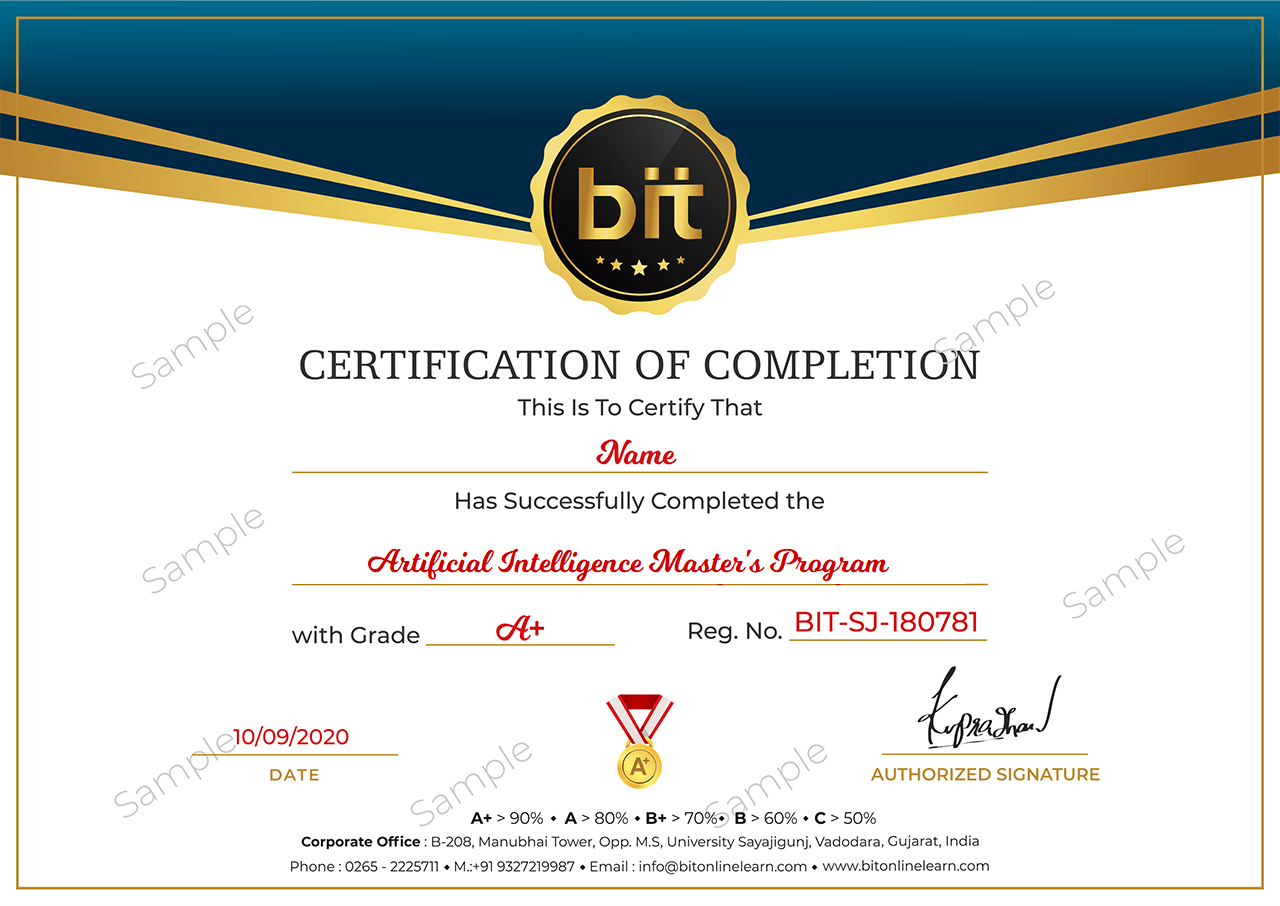|
|
Lecture-1 Python Environment Setup and Essentials
· Introduction to Python Language
· Features, the advantages of Python over other programming languages
· Python installation – Windows, Mac & Linux distribution for Anaconda Python
· Deploying Python IDE
· Basic Python commands, data types, variables, keywords and more
|
|
|
|
|
Lecture-2 Python language Basic Constructs
· Built-in data types in Python
· Learn classes, modules, Str(String), Ellipsis Object, Null Object, Ellipsis, Debug
· Basic operators, comparison, arithmetic, slicing and slice operator, logical, bitwise
· Loop and control statements while, for, if, break, else, continue.
|
|
|
|
|
Lecture-3 OOP concepts in Python
· How to write OOP concepts program in Python
· Connecting to a database
· Classes and objects in Python
· OOPs paradigm, important concepts in OOP like polymorphism, inheritance, encapsulation
· Python functions, return types and parameters
· Lambda expressions
|
|
|
|
|
Lecture-4 Database connection
· Understanding the Database, need of database
· Installing MySQL on windows
· Understanding Database connection using Python.
|
|
|
|
|
Lecture-5 NumPy for mathematical computing
· Introduction to arrays and matrices
· Broadcasting of array math, indexing of array
· Standard deviation, conditional probability, correlation and covariance.
|
|
|
|
|
Lecture-6 SciPy for scientific computing
· Introduction to SciPy
· Functions building on top of NumPy, cluster, linalg, signal, optimize, integrate, subpackages,
· SciPy with Bayes Theorem.
|
|
|
|
|
Lecture-7 Matplotlib for data visualization
· How to plot graph and chart with Python
· Various aspects of line, scatter, bar, histogram, 3D, the API of MatPlotLib, subplots.
|
|
|
|
|
Lecture-8 Pandas for data analysis and machine learning
· Introduction to Python dataframes
· Importing data from JSON, CSV, Excel, SQL database, NumPy array to dataframe
· Various data operations like selecting, filtering, sorting, viewing, joining, combining
|
|
|
|
|
Lecture-9 Exception Handling
· Introduction to Exception Handling
· Scenarios in Exception Handling with its execution
· Arithmetic exception
· RAISE of Exception
· What is Random List, running a Random list on Jupyter Notebook
· Value Error in Exception Handling
|
|
|
|
|
Lecture-10 Multi Threading & Race Condition
· Introduction to Thread, need of threads
· What are thread functions
· Performing various operations on thread like joining a thread, starting a thread, enumeration in a thread
· Creating a Multithread, finishing the multithreads
· Understanding Race Condition, lock and Synchronization
|
|
|
|
|
Lecture-11 Packages and Functions
· Intro to modules in Python, need of modules
· How to import modules in python
· Locating a module, namespace and scoping
· Arithmetic operations on Modules using a function
· Intro to Search path, Global and local functions, filter functions
· Python Packages, import in packages, various ways of accessing the packages
· Decorators, Pointer assignments, and Xldr
|
|
|
|
|
Lecture-12 Web scraping with Python
· Introduction to web scraping in Python
· Installing of beautifulsoup
· Installing Python parser lxml
· Various web scraping libraries, beautifulsoup, Scrapy Python packages
· Creating soup object with input HTML
· Searching of tree, full or partial parsing, output print
|
|
|







